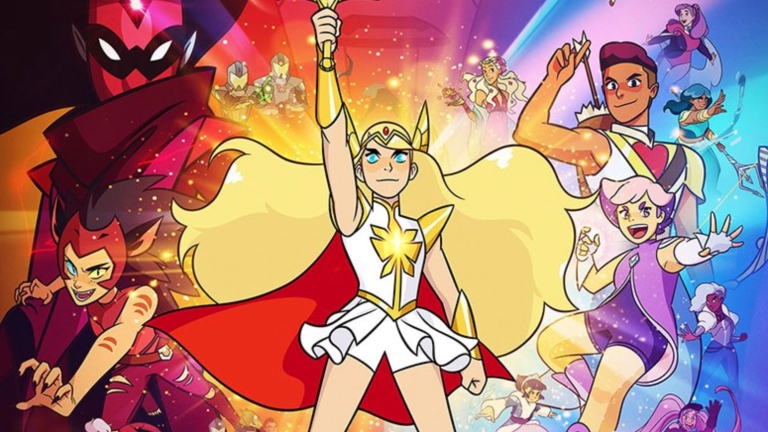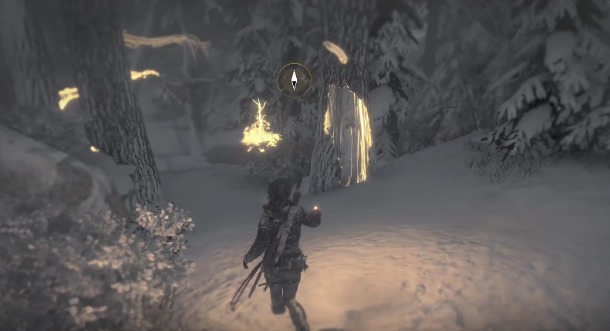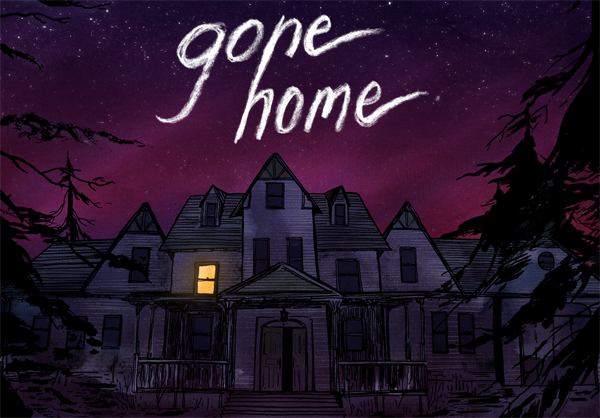Category: Editorial
-

ARGs are Bad
I wrote this whole essay out as a rant on Discord. But it’s a rant among the category of rants I rant a lot, so after some discussion, I decided also I would post this as an essay. It’s a little unstructured, and stream-of-consciousness, because it’s a rant, but I made a little bit of…
-

The Paradox of the Bookish Girl
When you’re a bookish girl, who reads a lot, who is smart and clever and curious, Older men will invite you into their hotel room.
-

Princesses of Power
I liked the new She-Ra reboot. I’m gonna write about it. Spoiler warning for all seasons since I mostly talk about the ending of the show. Writing “spoiler warning” is an inherently weak opening to an essay, but important for internet etiquette. The real writing is below the jump.
-

The Unintentional Tech Wisdom of Scott Shaw
There’s a B movie I’m really fond of called Guns of El Chupacabra. If you’ve hung out with me and my husband for long enough, you’re probably familiar with the movie. We discovered it through the Smithee Awards ceremony at Origins Gaming Convention, and have been sharing it with people for years. The hero of…
-

A Health and Weight Loss Post
I know I usually write about games and tech, so forgive me: I’m going to write about something personal (with, maybe just a little about tech). Over the past two years I’ve started taking my health more seriously and worked hard on losing some weight. Microsoft incentivizes employees to get yearly checkups. When I got…
-

Affordances in High Fidelity Environments or Why I Liked Tomb Raider Better Than Uncharted
I wrote a review of Rise of the Tomb Raider for Tap-Repeatedly.com. In the process, I went back and read my Uncharted review. I played Uncharted really late, and I actually didn’t much like the first Uncharted when I played it. On the other hand, I liked the Tomb Raider reboot and its sequel quite…
-

M-Rated Games and Parents
Grand Theft Auto V is coming out for PC. Do you have kids? Above say… ten years old, or so. There is a good chance that if your kids are interested in gaming at all, they’re interested in Grand Theft Auto. I went to a middle school computer club last week and talked with a bunch…
-

Ariadne
Yesterday I went to the Pennsylvania Academy of the Fine Arts. Primarily, we were there to see the David Lynch exhibition, because David Lynch is great. While we were there, though, we browsed the entire gallery. I always found history dry in school. But in a museum, I love looking at history, partially because it’s…
-

Commonalities of the MegaHit Mobile Apps
A lot of buzz hit the internet this week about Flappy Bird, a recent mobile phone app to hit something resembling megahit status in just a few weeks. I’ve gotten some questions recently about what, in my opinion, can cause a mobile app to be a success. Let me preface by saying this is pure…
-

On Gone Home
I was excited about Gone Home, the environmental exploration game, when I heard about the premise, and since it’s a fairly short game that isn’t challenging in the traditional sense, I was able to block out some time to play it. It seems there are a lot of blog entries going up about this game…